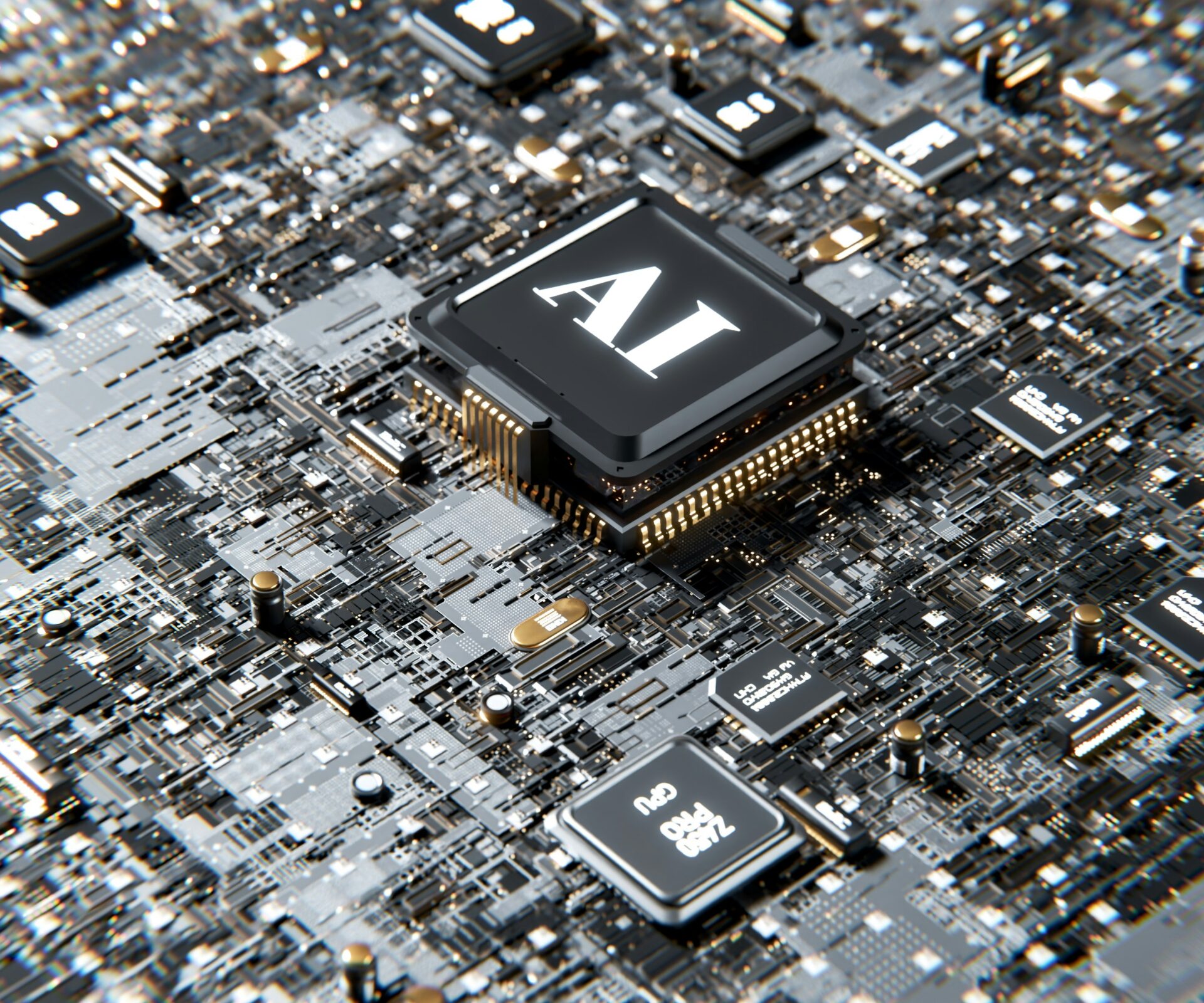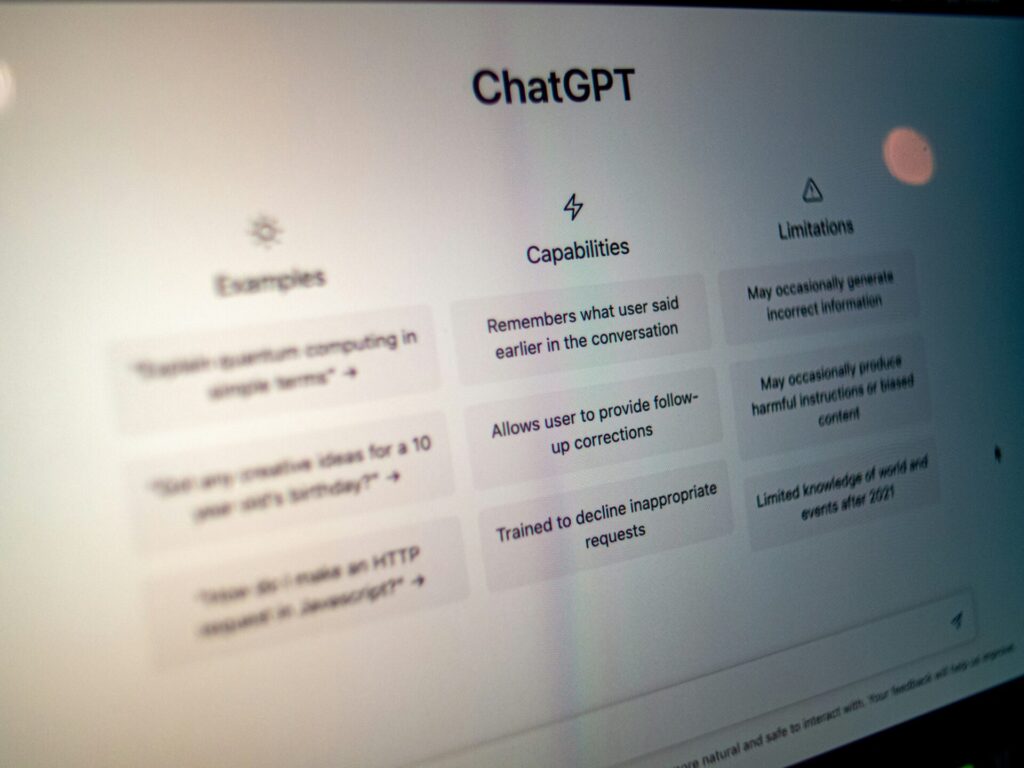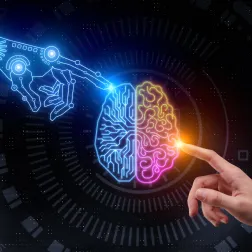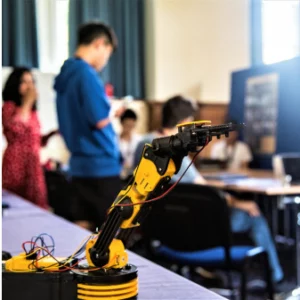Artificial Intelligence has come a long way from simply automating tasks. Now, it creates. It writes, paints, composes music, and even develops code. This shift from consumption to creation marks the arrival of a powerful branch of AI: generative AI. But what is generative AI exactly? And how does it work behind the scenes to mimic, enhance, or even surpass human creativity?
In this article, we’ll explore the fundamental concepts behind generative AI, how it functions, its various types, the industries it’s revolutionising, and how it’s finding its way into everyday life. Whether you’re a curious student, a professional seeking to stay current, or just intrigued by the technology reshaping the future, this guide is for you.
What is Generative AI?
At its core, generative AI refers to systems that can produce new content. This content could be written text, realistic images, computer code, audio clips, or even 3D models. Unlike traditional AI, which often classifies or organises existing data, generative AI creates data that didn’t previously exist, simulating aspects of human creativity.
To define generative AI, think of it as a model trained on vast amounts of data that learns to recognise patterns and structure. Once trained, the model can generate original outputs that follow those patterns. This isn’t mimicry—it’s generative because the outputs are new, not mere reproductions.
This differs from more conventional AI, which typically focuses on predictive or analytical tasks: recognising faces, filtering spam, or recommending products. Traditional AI answers questions like “what is this?” or “what comes next?” Generative AI, by contrast, asks: “what could I make based on what I know?” It shifts AI’s role from reactive to creative. Some of the most famous tools using generative AI today include ChatGPT, DALL·E, and Google’s Imagen. These models don’t just recall information—they generate novel outputs based on prompts or instructions, blurring the line between machine processing and human-like creativity.
How Generative AI Works
Understanding how generative AI works requires stepping briefly into the world of machine learning. These systems are typically trained using neural networks, particularly deep learning models, which are inspired by the human brain’s structure.
Training involves feeding the model huge datasets—thousands, sometimes millions, of examples in the format it’s supposed to generate. For instance, a text-based model is trained on books, articles, and websites. The system adjusts its internal weights and rules as it learns to predict what should come next in a sequence.
One common method is using unsupervised learning, where the model learns structure without labelled outputs. For example, it learns that the word “sun” is often followed by “shines” or “rises” without being told that explicitly.
When generating content, the AI uses probability to predict and construct the next element—be that a word, a pixel, or a sound—based on everything it has learned. This predictive process is where the “magic” of generative AI lies: the illusion of understanding, context, and creation.
Types of Generative AI
There isn’t just one way to build a generative model. Several architectures underpin today’s generative AI systems, each suited to different tasks and use cases. These are some of the most influential:
Generative Adversarial Networks (GANs)
Generative Adversarial Networks, or GANs, involve two neural networks: a generator and a discriminator. The generator creates convincing outputs—like synthetic portraits or fashion designs—while the discriminator evaluates their realism. They train together in a loop, gradually refining quality. GANs have been used to create everything from AI-generated art galleries (like those showcased by Obvious Art) to hyper-realistic avatars in the gaming industry. NVIDIA’s StyleGAN, for instance, can generate photorealistic human faces that don’t belong to real people.
Variational Autoencoders (VAEs)
Variational Autoencoders work by compressing input data into a simplified representation (encoding), then reconstructing it (decoding). This latent space can be manipulated to generate new, plausible variations. VAEs are widely applied in tasks where smooth interpolation between data points is useful—for example, generating hand-drawn digits or blending different musical styles. They’re often used in medical imaging too, for generating plausible MRI scans to support model training.
Transformer-based Models
The rise of transformer-based models has redefined natural language processing. GPT (by OpenAI), PaLM (by Google), and Claude (by Anthropic) use this architecture to generate coherent text, solve coding tasks, and even power chat interfaces. Transformers rely on attention mechanisms, allowing them to track long-range dependencies in text or code. Beyond text, multimodal transformers like DALL·E 2 and Google’s Imagen generate images from text prompts, while MusicLM turns descriptions into original audio compositions.
Each architecture brings different strengths—GANs excel at visual realism, VAEs are great for continuous data generation, and transformers dominate language and creative synthesis. Together, they form the backbone of today’s generative revolution.
Join the Immerse Education 2025 Essay Competition
Follow the instructions to write and submit your best essay for a chance to be awarded a 100% scholarship.
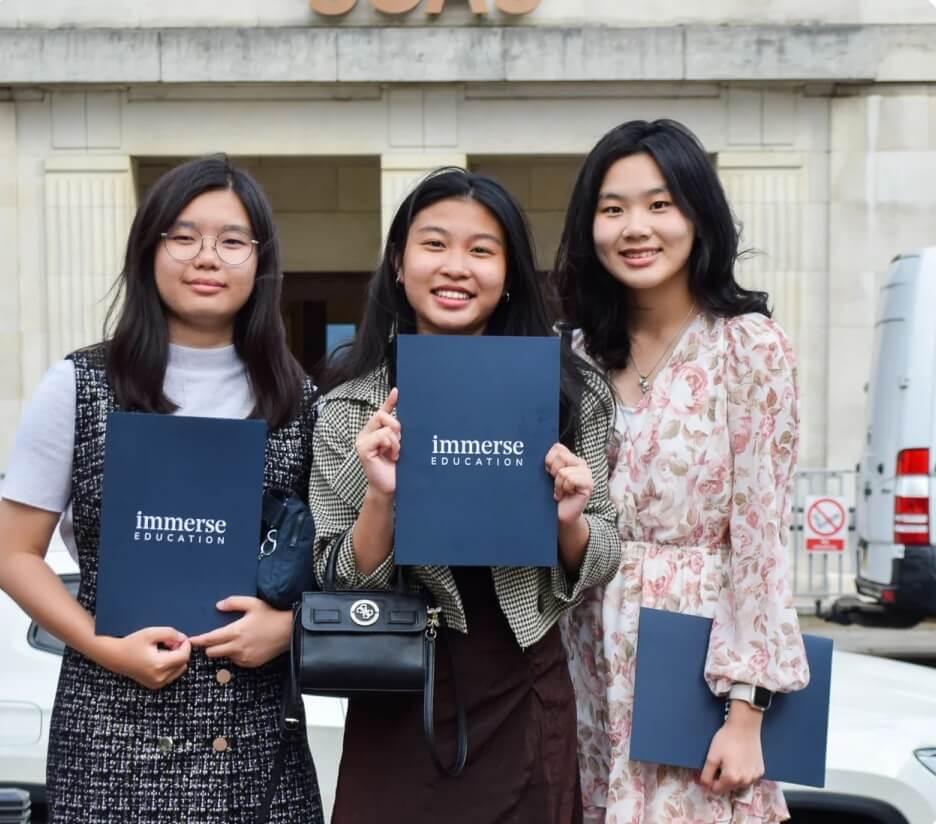
Applications of Generative AI
The applications of generative AI now span across nearly every major industry, acting not just as a productivity enhancer, but as a catalyst for reimagining how entire sectors function.
In healthcare, generative AI is helping pharmaceutical companies shorten the drug discovery process. Take Insilico Medicine, for example: they used AI to design a novel molecule for pulmonary fibrosis in under 18 months—a process that traditionally takes years. Elsewhere, systems are generating synthetic medical images to train radiology models without using real patient data.
In entertainment and gaming, the creative pipeline has changed. Netflix uses generative AI for script analysis and trailer creation, while Ubisoft is developing AI writing assistants to help generate non-player character (NPC) dialogue in games. Musicians are also using tools like Amper and AIVA to co-compose soundtracks and scores, and filmmakers are experimenting with AI-generated storyboards and animations.
Marketing and advertising agencies are leveraging AI to personalise at scale. Coca-Cola launched a campaign using AI-generated visuals and audio tailored to regional audiences, dramatically increasing engagement.
In finance, firms use generative models to create synthetic transaction data, which can be used to test fraud detection algorithms without breaching client confidentiality. J.P. Morgan is exploring generative AI to summarise complex market reports and generate internal documentation.
Manufacturing and product design benefit from generative design tools, which propose thousands of product iterations optimised for cost, strength, and material use. General Motors, for example, has used AI to co-design lightweight parts for electric vehicles that are stronger and more sustainable.
Education and academic research are increasingly incorporating generative AI as both a learning aid and a research tool. Platforms now offer AI-generated summaries of academic papers, visual explainers, and even code generators for student projects. These tools can streamline workflows and open new pedagogical approaches.
Use Cases for Generative AI
Beyond large-scale enterprise use, generative AI is having a profound impact on personal productivity, creativity, and digital expression. These tools are quietly becoming part of our everyday toolkit, from phones and laptops to apps we barely notice are AI-powered.
In everyday writing tasks, people use tools like ChatGPT or Claude to brainstorm blog posts, write birthday messages, or even draft emails. Teachers create lesson plans, students summarise textbooks, and professionals polish reports with AI suggestions. Tools like Grammarly now use generative AI to rephrase and expand ideas, rather than just correct grammar.
Visual creativity is also getting a boost. Apps like Lensa and Remini allow users to generate AI-enhanced profile pictures or restore old photos. On TikTok and Instagram, creators generate video scripts, captions, and even virtual avatars with tools like Synthesia or HeyGen.
In the academic world, students use AI to generate essay outlines, quiz questions, or revision summaries. Chat-based tutoring apps offer explanations of complex maths or science problems in seconds. For those applying to university, AI-generated personal statement templates can provide a launchpad, helping overcome the intimidation of a blank page.
Language translation and learning have become more intuitive thanks to AI. Duolingo, for instance, uses generative models to simulate conversations, giving learners dynamic, lifelike practice sessions that adjust to their skill level.
Shopping experiences are also evolving. Some clothing retailers use AI to generate styling suggestions, including complete outfits, based on previous purchases or even customer-uploaded images.
And in the home and leisure space, users experiment with AI-generated recipes, travel itineraries, or even bedtime stories for their children.
These use cases are expanding not just what individuals can do, but how they do it—with less friction, more experimentation, and far greater access to creative and professional tools.
Benefits of Generative AI
The benefits of generative AI go far beyond convenience. One of the biggest advantages of generative AI is scalability. A single model can generate thousands of outputs in seconds, which would take human teams days or weeks.
Creativity is another benefit. AI expands what’s creatively possible by offering suggestions humans might not think of—mashups of styles, remixes of data, or entirely new concepts. In design and innovation, this opens fresh frontiers.
It’s also inclusive. Generative tools can support people who struggle with traditional creative or communication tasks, whether due to time, language barriers, or disabilities. With the right interface, anyone can write a song, illustrate a scene, or develop a website.
And, of course, it’s cost-effective. By reducing the human effort required in creative and technical processes, generative AI can lower production costs while increasing speed.
However, these benefits do come with important caveats: ethical considerations, potential bias in data, and the importance of transparency are all critical to ensuring these tools serve everyone fairly.
Drawbacks and Challenges of Generative AI
As promising as generative AI is, it brings serious challenges. Despite its speed, creativity, and convenience, the technology is far from flawless—and recognising its limitations is just as important as understanding its potential.
One key issue is data bias. Generative models learn from the data they’re trained on, which often reflects real-world inequalities and blind spots. As a result, AI-generated content can unintentionally reinforce stereotypes, marginalise certain voices, or present skewed assumptions.
Misinformation is another concern. Generative AI can create convincing yet false content—fake news, synthetic audio, or deepfake videos—with major implications for trust, politics, and public discourse. As this content becomes harder to detect, verifying accuracy and authenticity grows more difficult.
Intellectual property raises complex questions. Who owns AI-generated work? What if a model mimics a real artist or reproduces copyrighted language from its training data? Legal systems have yet to catch up, leaving creators and companies in uncertain territory.
The job market may also be affected, especially in creative and knowledge-based industries. While AI can assist humans, there’s growing fear that it could replace roles in design, marketing, journalism, and software. If content becomes faster and cheaper to produce, what happens to the value of human creativity?
Transparency is another issue. Generative models are often “black boxes”—their decisions hard to explain even to experts. This lack of clarity can undermine trust, particularly in high-stakes areas like healthcare or law.
Finally, environmental impact is significant. Training large models uses vast energy and contributes to carbon emissions. As adoption increases, sustainability must be part of the discussion.
Generative AI is powerful, but without responsibility, it carries real risk. Tackling these challenges with ethical design, regulation, and oversight is essential for its responsible use.
Conclusion
From writing poems to designing drugs, generative AI is reshaping how we create and innovate. It’s not just a passing trend—it’s a technological revolution. Understanding how these models work, their capabilities, and their limitations helps demystify the black box.
Whether you’re planning to pursue a career in AI or simply want to stay ahead of the curve, diving into the world of generative models offers fascinating insights. Programmes like this Artificial Intelligence summer school can be a stepping stone into this exciting field. You might also be interested in reading more about why it makes sense to study artificial intelligence.
We’re only at the beginning of this journey. As generative AI continues to evolve, so will its use cases—from practical productivity tools to groundbreaking discoveries and artistic experiments.
Its potential is vast—but so is the responsibility to use it wisely.





